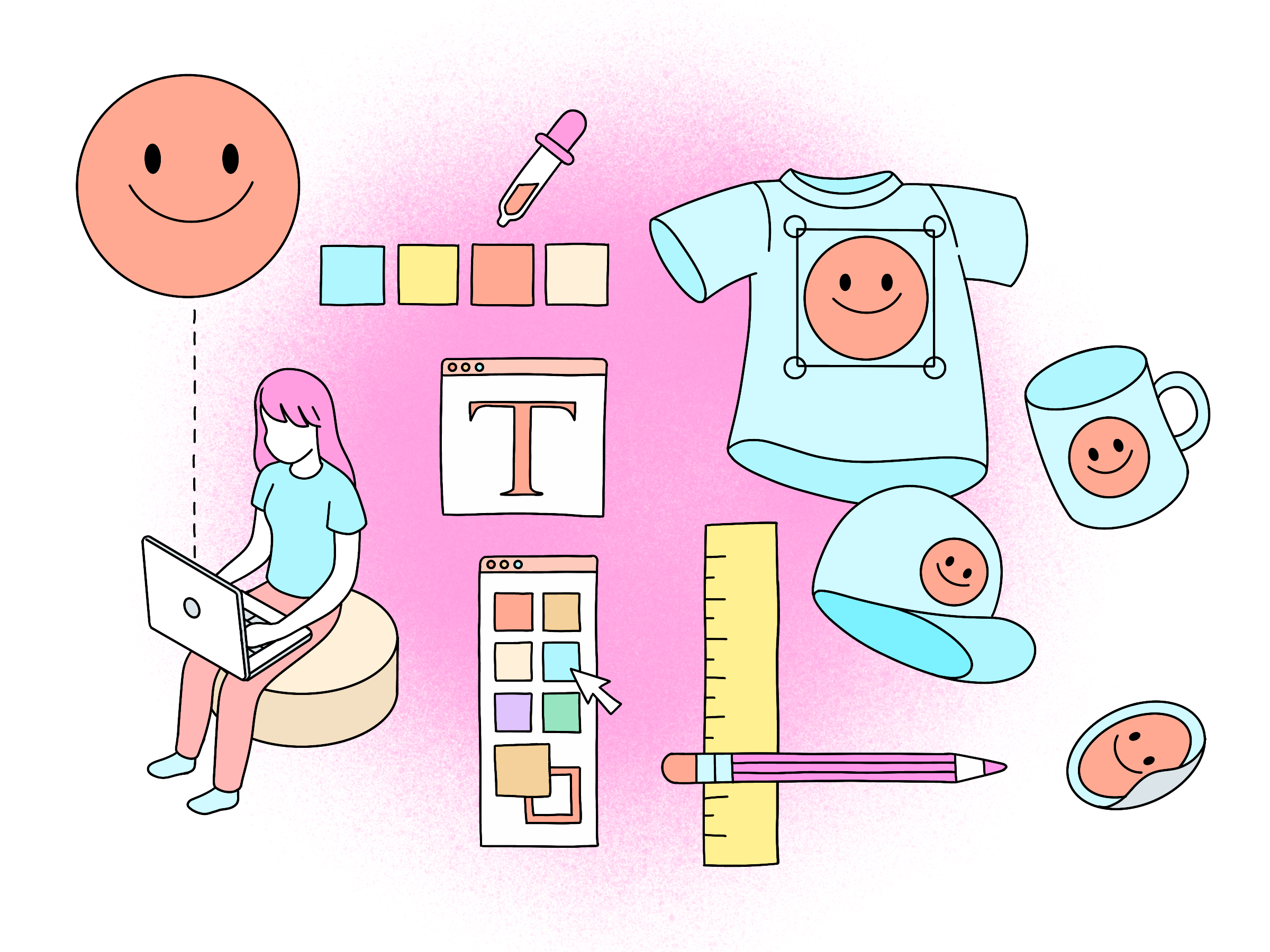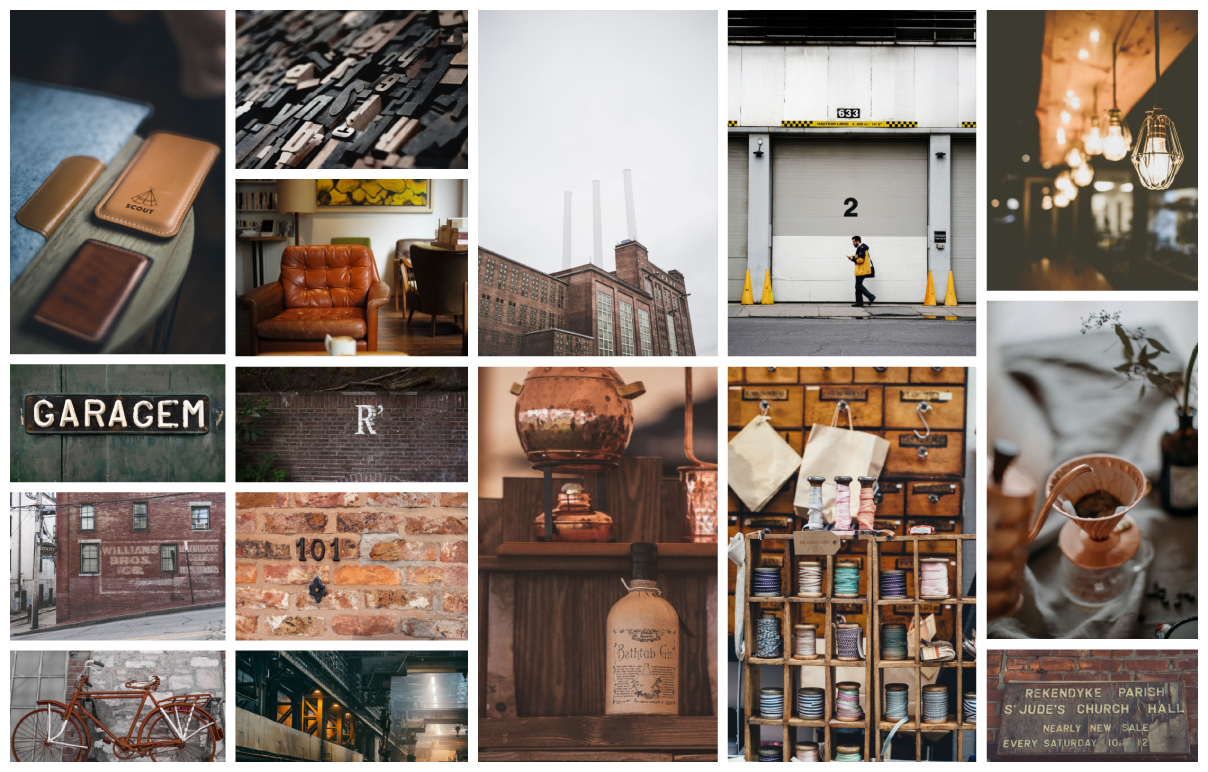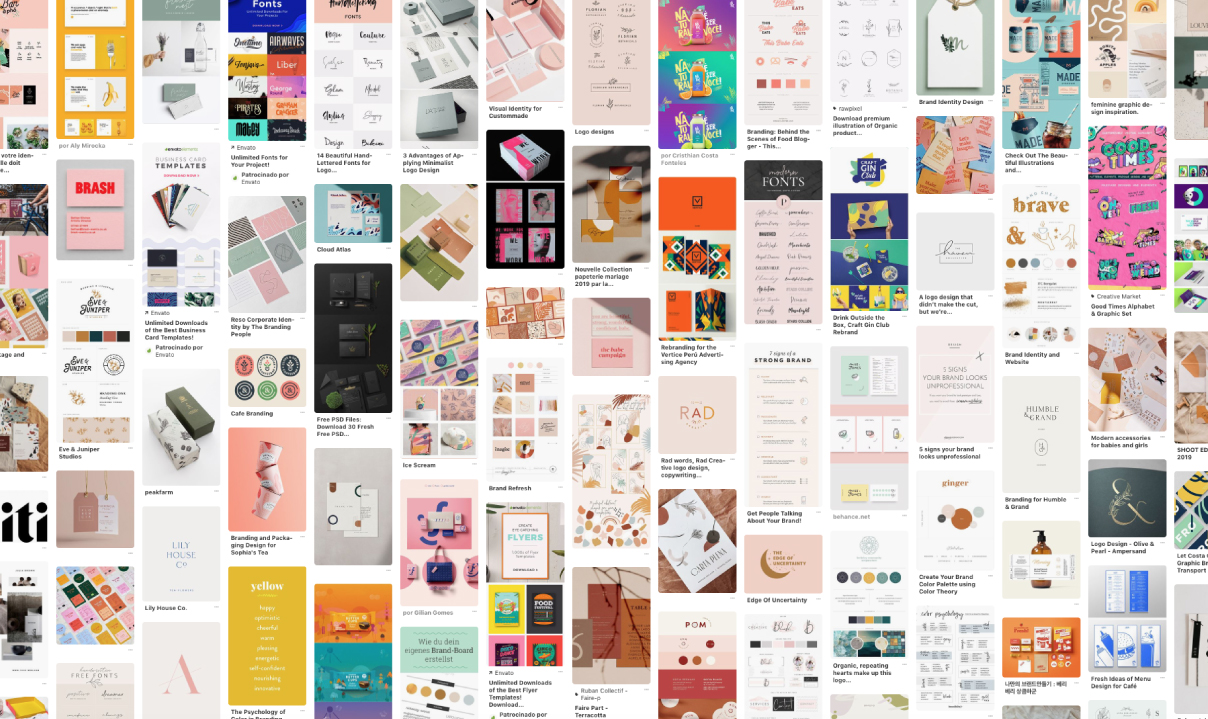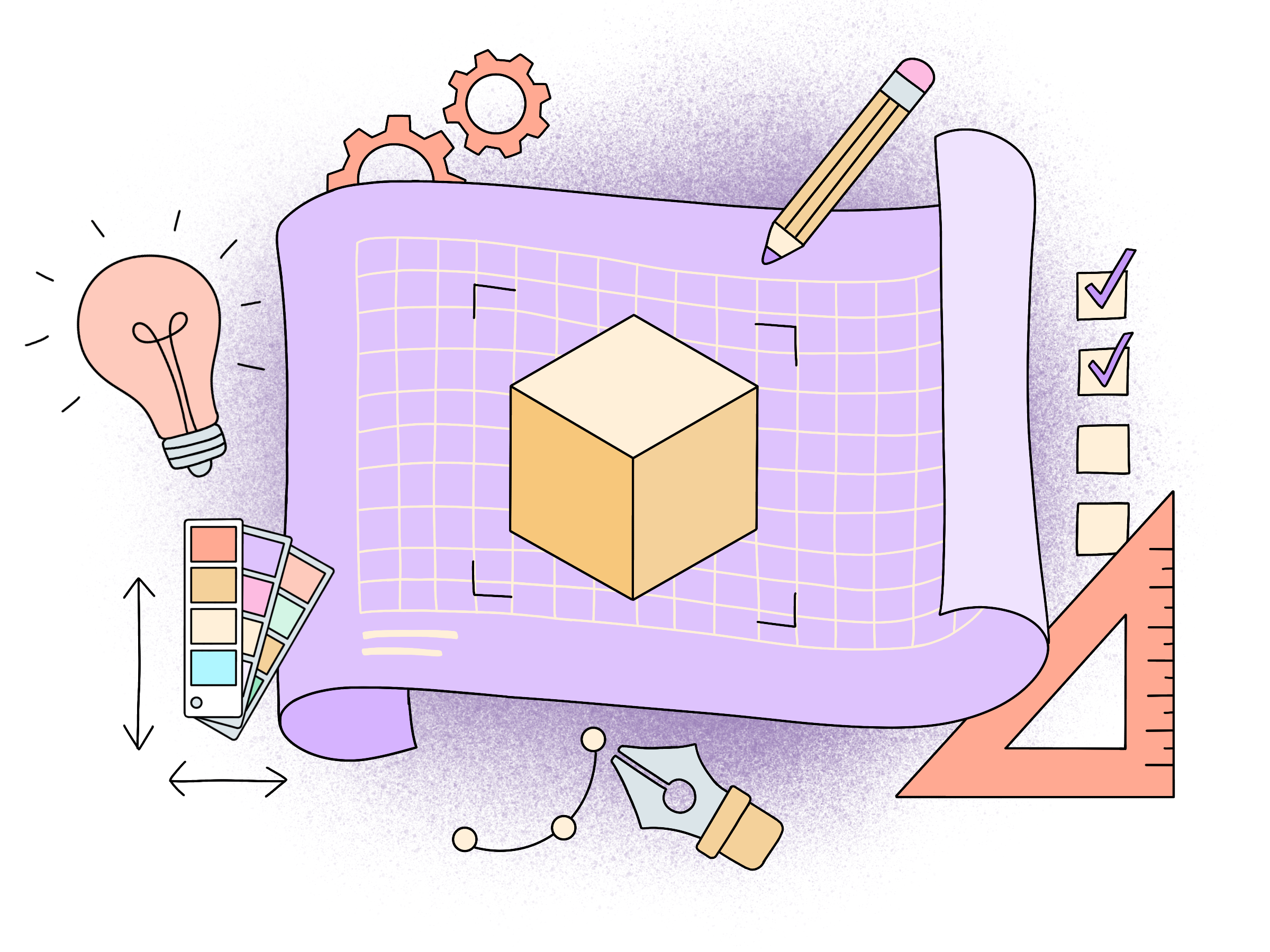
Mood boards for Branding and Product Design
When creating a new brand, you should be the individual that understands it better than anyone else. As a brand creator, you should have full knowledge of not only your brand’s foundation and culture, as well as your business’s vision, mission, and values. But you may have some difficulty trying to convey your brand qualities to stakeholders or anyone involved, especially in the beginning. A mood board can help you accurately communicate your brand. Creating a mood board for your business is an ideal first step to help you in the branding process and the following product design development.
What is a mood board?
A mood board is a physical or digital collage containing a variety of images, text, and other objects that define and communicate your brand’s identity. It can include just about any visual medium of ideas and concepts that could help you define the creative direction of your brand. But keep in mind that a mood board should be more than just pretty pictures, it should be an organized and succinct collection of visual assets that tell a visual story of how you want your brand and business to look and feel (Megan Haskin, 2018).
A mood board can be a crucial tool and act as a guide when making design choices for everything from websites to the font you use on a button. It’s a brand visual aid that can serve as an inspiration source while helping you to stay consistent.

Importance of a mood board
Now that we have defined what is a mood board, it’s important to explore how exactly can a mood board be valuable for (Kris Decker, 2016):
- Inspiration: If you are still building your brand identity, a mood board can help you focus on what exactly you want your brand to convey. A mood board is an excellent tool for inspiration and can help stimulate creativity when needed while making sure you stay consistent in any design decision you make.
- Affirmation: If you are already confident about what defines your business, a mood board will help you affirm and support your brand identity. A mood board can help sediment your brand and communicate the culture and values of your business to any stakeholders.
- Direction: As previously mentioned, a mood board can act as a guide and help you to keep focus. A mood board should be used as a reference tool that sets up the visual direction of your brand right from the beginning. It can also help you navigate any design decision when developing branding or any marketing material, making sure you are staying cohesive and faithful to your brand's message.
- Communication: A mood board ensures that any stakeholder or person involved in your business understands not only your brand but also your vision and values, keeping everyone on the same page as you advance.

How to create a mood board
STEP 01: Pick your medium
The first step to creating a mood board is to pick a medium, either a digital or a physical one. It’s up to you to choose if you want to search for images using the internet or using some books and magazines. On the one hand, doing an online image search and assemble them digitally is easier than ever using websites like Pinterest. On the other hand, you can achieve a more tactile experience with a physical mood board that allows you to mix your media and push yourself creatively.
STEP 02: Research
To build your mood board, you need first to gather as many elements as you can find that represents your brand’s identity. Search for photos, colours, letters, textures, or any patterns that might fit your brand. This means that every time an element looks like it can communicate your brand in any way, save it. It’s fine to start with quite a few items; the editing part will come later.
STEP 03: Curate your board
When you reach this step, you should have a wide collection of elements from the previous step. Now it’s time to start editing. Too much imagery can be confusing, so the goal is to sort through what you’ve gathered and start narrowing down items. The final selection should be only materials that strongly communicate your brand’s identity.
During this step, it can help you to identify any key trends or specific styles among the groups of elements you’ve selected. And from those trends you’ve identified, it will be easier to select the strongest images to use for your mood board. This will also help you eliminate any element that would just be adding noise to your mood board and confusion to the overall visual direction you would like to take
STEP 04: Organize the materials
Now that you’ve collected and sorted your materials and elements, you can position them on your mood board. You are free to choose to either be chaotic or organize the way you present your imagery. Once you’ve decided on the board’s overall structure, think about the image placement and how they interact with each other. It’s also important to keep in mind that, in a mood board, size is related to importance. Make sure your key trends and any related images have a prominent place on your board, placing any other smaller elements around them as support.
Finally, it would be best if you remembered that a mood board is not a final piece, but instead a working document. It should be seen as an exploration tool, and as your brand evolves, you can adapt your mood board accordingly.




